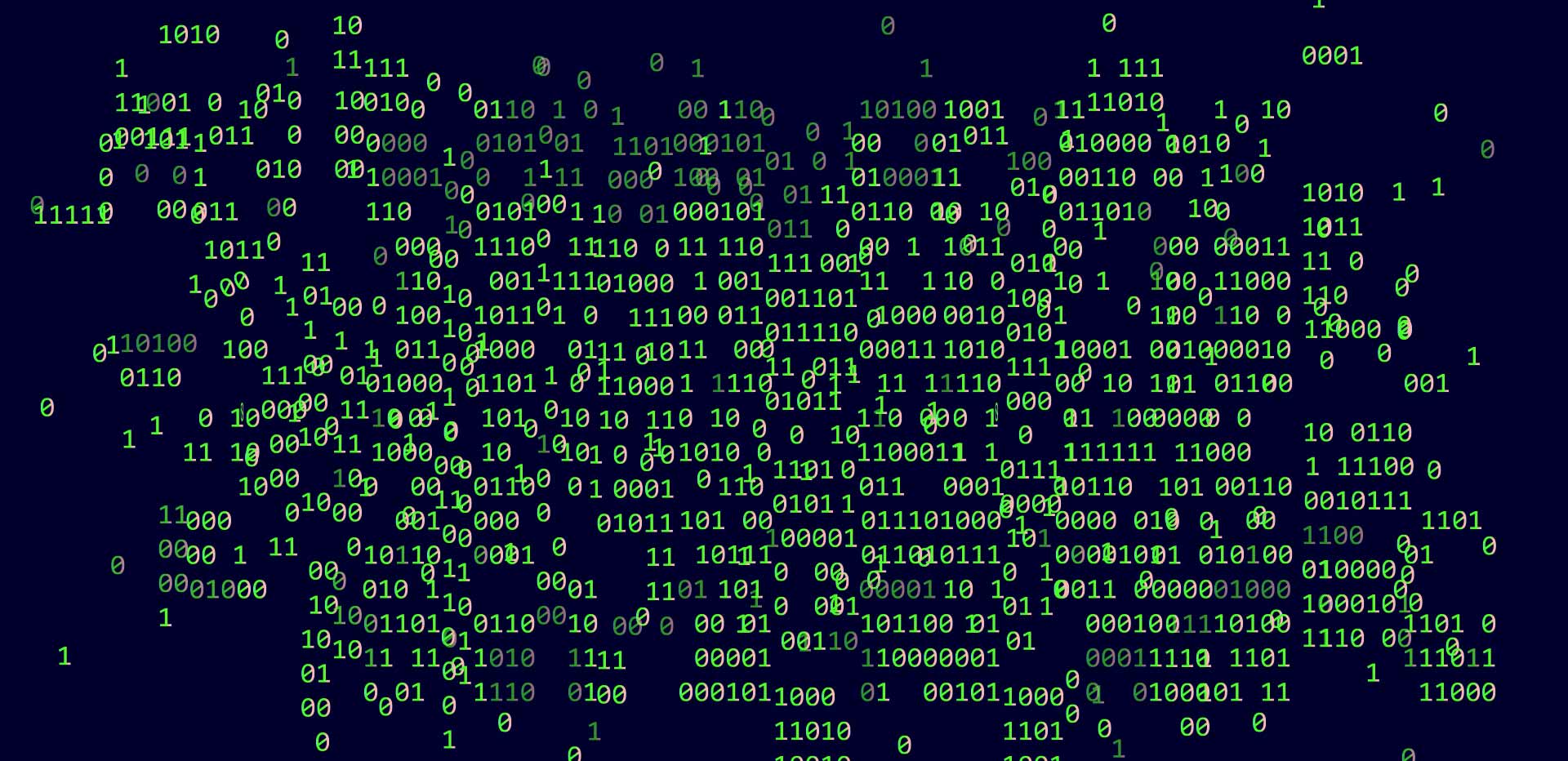
A recent report by The Wall Street Journal highlights that a significant number of companies in the city are overlooking a six-month-old law requiring them to disclose the impact of algorithms on hiring and promotion decisions. According to a study by Cornell University, only 18 out of 400 companies utilizing “automated employment decision tools” have published results on their websites as mandated by Local Law 144.
Local Law 144, enacted to address concerns of potential bias in technology-driven employment decisions, was designed to encourage companies to assess whether their algorithms unintentionally exhibit bias. However, the low compliance rate suggests that the law is not having the intended impact on the majority of employers.
The Cornell University study points out that the wording of the law may be a contributing factor to the lack of adherence. One researcher, who participated in the study, argued that the law provides employers with “almost unlimited discretion” when deciding whether they are complying with the regulation or not.
Advocates of algorithmic transparency in employment processes argue that it is crucial to identify and rectify any biases that may exist in automated decision-making systems. These systems often rely on historical data, which can perpetuate existing inequalities and result in biased outcomes.
The low compliance rate raises questions about the effectiveness of Local Law 144 and whether it provides sufficient guidance for companies to meet its objectives. Critics argue that without clearer guidelines and more stringent enforcement, the law may not succeed in its mission to promote fairness and accountability in algorithmic hiring and promotion practices.
As the debate surrounding the impact of algorithms on employment decisions continues, the city may face pressure to revisit and potentially revise the legislation to ensure companies take proactive measures to address any biases in their automated systems.
Source: Linkedin
Featured News
Google and South Carolina Clash Over State Records Demand
May 8, 2024 by
CPI
Telefonica Germany Teams Up with Amazon Web Services to Migrate 5G Customers
May 8, 2024 by
CPI
Federal Judge Grants $7.4 Million Settlement in Pork Price-Fixing Case
May 8, 2024 by
CPI
Wilson Sonsini Bolsters Antitrust and Competition Practice with Key Partner Returns
May 8, 2024 by
CPI
EU to Scrutinize Telecom Italia’s Network Sale to KKR
May 8, 2024 by
CPI
Antitrust Mix by CPI
Antitrust Chronicle® – Economics of Criminal Antitrust
Apr 19, 2024 by
CPI
Navigating Economic Expert Work in Criminal Antitrust Litigation
Apr 19, 2024 by
CPI
The Increased Importance of Economics in Cartel Cases
Apr 19, 2024 by
CPI
A Law and Economics Analysis of the Antitrust Treatment of Physician Collective Price Agreements
Apr 19, 2024 by
CPI
Information Exchange In Criminal Antitrust Cases: How Economic Testimony Can Tip The Scales
Apr 19, 2024 by
CPI